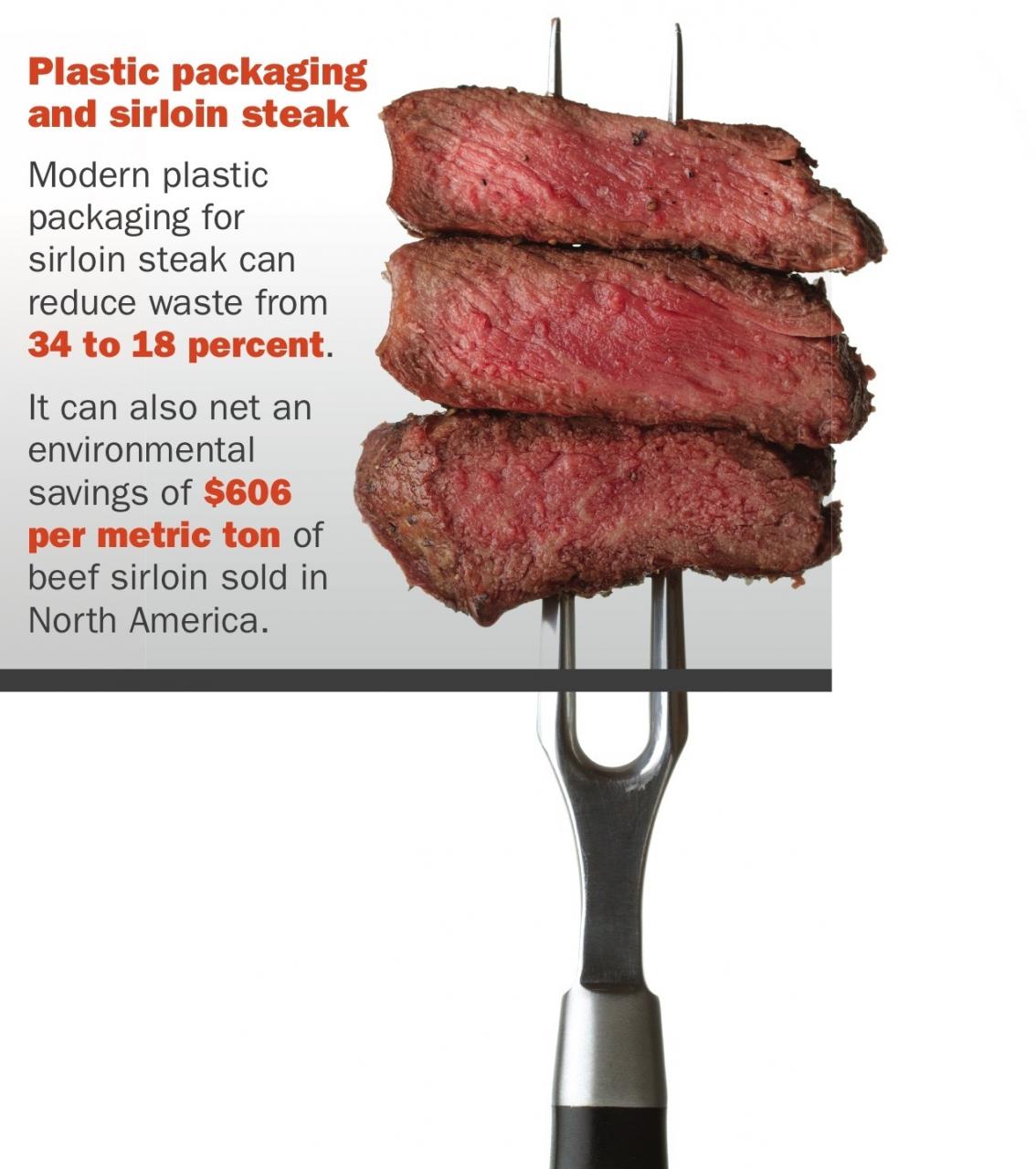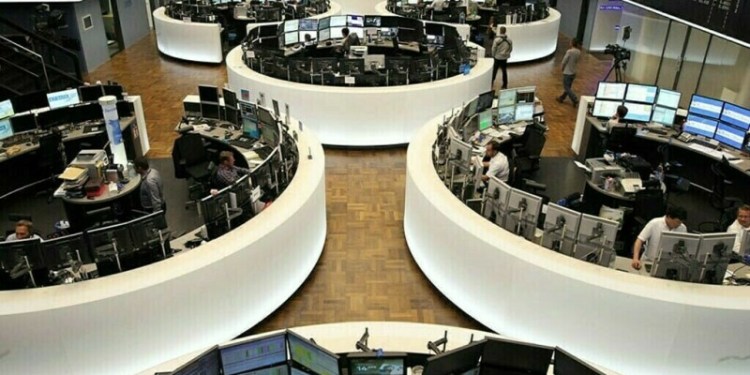August 2, 2016 Updated 8/2/2016
Email Print

Jessica Jordan How plastics preserves steak.
Washington — Trucost’s study of the environmental costs of plastics vs. other materials released in late July didn’t just focus on plastics lightweight advantages. In one example, the report looked at benefits from reducing food waste.
“Food was an example we picked because there are certain foods that have very high environmental costs, especially beef and other meats,” said Libby Bernick, senior vice president for North America Trucost, which did the study for the American Chemistry Council.
Lighter food packaging can save resources too. The study predicted an environmental cost savings of $ 7.28 billion per year if there was a 30 percent reduction in food and beverage packaging weight through “innovative design” in North America and Europe.
But Trucost also looked at the less-cited example of food storage, preservation and waste, pointing out that “plastic-packaged food lasts longer, reducing waste.”
Improving skin-type plastic packaging for sirloin steak could cut food waste almost in half compared to conventional plastic packaging, according to the study, going from 34 percent packaging waste to 18 percent with environmental savings of $ 606 per metric ton of beef sirloin sold.
“This equates to environmental savings of over $ 2.2 million for every additional 1 percent of sirloin steak sold in improved packaging in the United Sates,” the study says.
Concerns about food waste are already sparking innovations in plastic packaging, from air exchange barriers to keep food fresher longer to new technology that warns when food is about to rot, “these innovations are driven by a desire to get more out of what we have,” said ACC’s Vice President of Plastics Steve Russell.



























